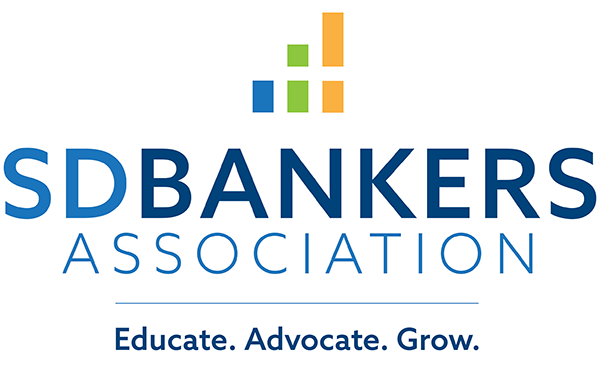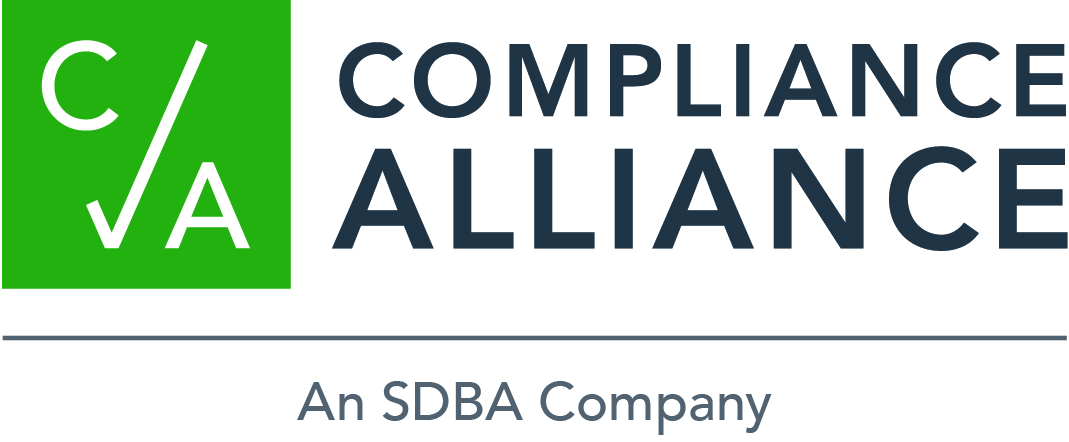- Education & Events
- Advocacy
- Products & Services
- Membership
- Resources
- SDBANKER Magazine
- SDBA eNews
- SDBA eNews Archives
- Legislative Update/Bill Watch
- South Dakota Bank Directory
- Women in Banking
- Scenes of South Dakota Calendar*
- Holiday Signs
- Regulatory Report
- South Dakota Banking Code
- Record Retention Manual
- Advertising & Sponsorship Guide
- COVID-19 Resources
- Mental Health and Crisis Prevention
- About
|
White House, Congressional Leaders Release Tax Reform FrameworkThe Trump administration and congressional leaders on Wednesday released a joint framework for tax reform. The fruit of extensive negotiations, the framework will provide guidance to the tax committees of Congress as they prepare legislation intended to advance the tax reform agenda. The framework provided limited details, relying more on high-level guidance to the committees--with exhaustive negotiations expected to continue. ABA President and CEO Rob Nichols applauded Congress and the administration for their step forward. “We are encouraged by their commitment to this critically important issue by lowering rates and broadening the tax base and look forward to seeing a more detailed plan as the legislative process begins,” he said. “ABA and the nation’s $17 trillion banking industry support comprehensive tax reform and will work with Congress to enact a final plan that grows the economy, creates jobs and reflects our core principles.”For businesses, the framework lowers the corporate rate to 20 percent, with a 25 percent rate for pass-through businesses. It allows expensing of depreciable assets other than structures for at least five years, a partial limitation--with no detail provided--on the deductibility of net interest expense for C corporations, protection of the R&D and low-income housing tax credits and a move to a territorial international taxation system, including a one-time deemed repatriation of previously untaxed earnings. For individual taxpayers, the number of brackets is reduced from seven to three (12 percent, 25 percent, 35 percent), with a possible additional top rate. The framework doubles the standard deduction, eliminates exemptions, expands child credits, repeals alternative minimum tax, eliminates most deductions except for mortgage interest and charitable gifts and repeals the estate tax. ABA is reviewing the framework closely and stands ready to assist congressional staff in drafting legislation that is in line with our core principles for tax reform. The association is engaging in a wide variety of public efforts to ensure tax reform reflects its principles, including sponsorship of a symposium on tax reform in The Hill this week.
Agencies Issue Regulatory Capital Simplification ProposalThe federal banking agencies on Wednesday issued a proposed rule that would simplify the complex Basel III regulatory capital calculations for all but the very largest banks. The proposal would simplify the treatment of assets subject to common equity tier 1 capital threshold deductions and limitations on minority interest and replace the definition of high-volatility commercial real estate exposures with a more straightforward measure.
ABA Offers Suggestions for Potential New Overtime RuleIn the wake of a federal judge invalidating the Obama administration’s overtime rule, ABA offered comments on overtime issues to the Department of Labor, which is seeking feedback as part of a Trump administration effort to reduce regulatory burdens on businesses. ABA also joined a letter sent by the Partership to Protect Workplace Opportunity, a broad national coalition of trade groups.
ABA Salutes Women on 'Most Powerful,' 'Women to Watch' ListsABA on Monday congratulated the women named to American Banker Magazine’s “25 Most Powerful Women in Banking” and “25 Women to Watch in Banking” lists for 2017. All 50 women on the two lists are associated with ABA member banks, and many of them are current and former members of ABA's board, councils and committees. SBA Hiring Staff to Help with Disaster ResponseThe U.S. Small Business Administration is hiring temporary employees to assist with the agency’s disaster recovery efforts at several locations across the country. Hurricanes Harvey and Irma have caused massive devastation, and the SBA is staffing up to respond to the increased flow of disaster loan applications from homeowners, renters and businesses of all sizes. The temporary positions include:
Most of the jobs are located at one of SBA’s disaster field operations centers in Sacramento, Dallas, Atlanta, Buffalo or in the areas affected by the recent hurricanes. Bilingual language skills are a plus. Visit www.sba.gov/disaster and click on the “view jobs” tab for details on the job descriptions, salaries, and how to apply. SBS Institute to Offer Onsite Certified Banking Security Manager TrainingSBS Institute's Onsite Certified Banking Security Manager training Oct. 18-19 in Sioux Falls will provide the opportunity to work closely with a security expert and network with peers. Attendees will learn about U.S. information security laws and regulations, information security program components, security awareness programs, IT audit, social engineering, preparing for your IT examinations, and running effective IT and audit committees. Attendees will develop an entire information security program framework to take back to their institutions and understand how to successfully implement and manage each component of the information security program. The training is being offered in conjunction with the SDBA and ICBSD. Learn more and register. Ag Tax Seminars To Be Offered in BrookingsThe South Dakota Department of Revenue (DOR) will hold two Ag Tax Seminars in Brookings on Tuesday, Oct. 17. The seminars are designed for those looking for a specific understanding of ag-related tax issues—farmers, ranchers, implement dealers and bookkeepers. DOR will have representatives available from its audit, business tax and motor vehicles divisions. The Department will provide detailed information for specific situations that you are likely to encounter, whether you are new to the industry or have years invested in it. Topics will include sales, use and contractors’ excise taxes; exemptions and exempt entities; filing and paying returns; motor fuel tax and contacts for various topics. DOR recommends sending specific questions and scenarios in advance so the Department can address issues more in-depth. The seminars will be held at the Brookings Innovation Center's Conference Room Suite 153 at 2301 Research Park Way. The morning session will be held 9 a.m. to noon, and the afternoon session will be held 1-4 p.m. The seminars are free of charge and will be streamlined live on Facebook. Learn more and register.
|


 Question of the Week
Question of the Week